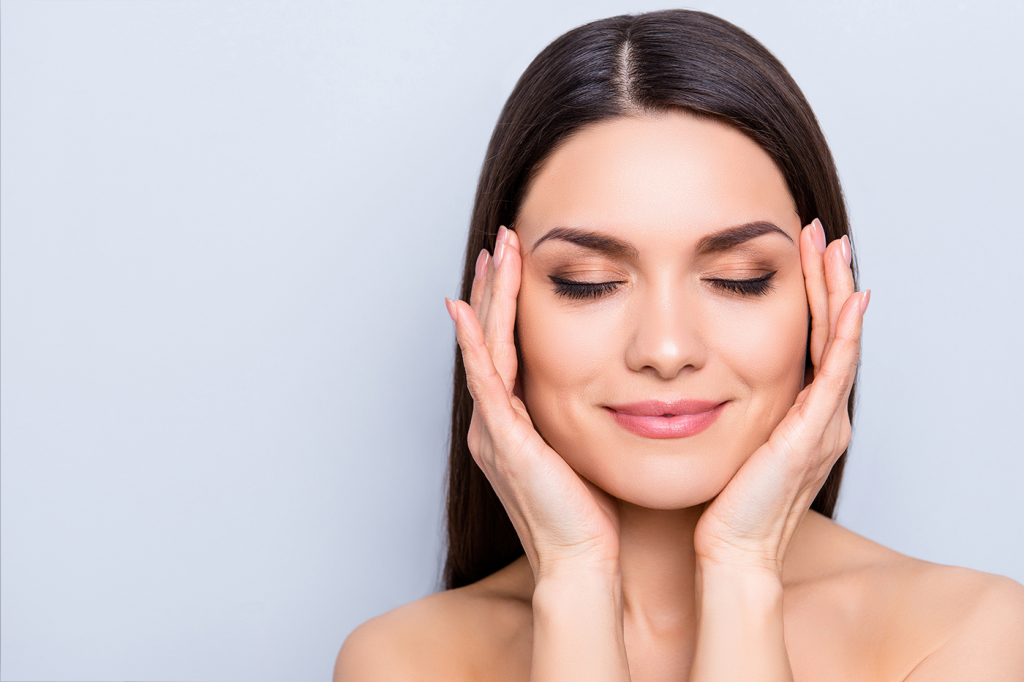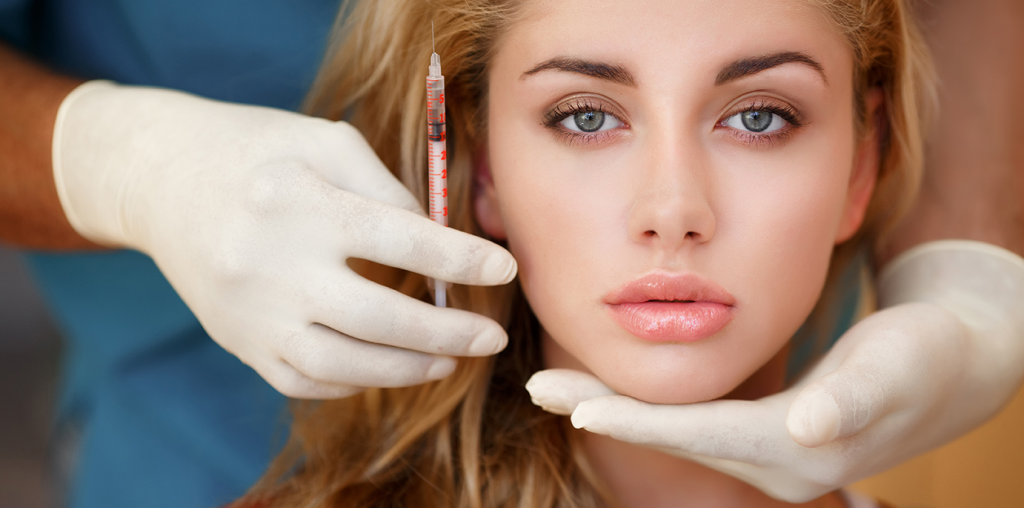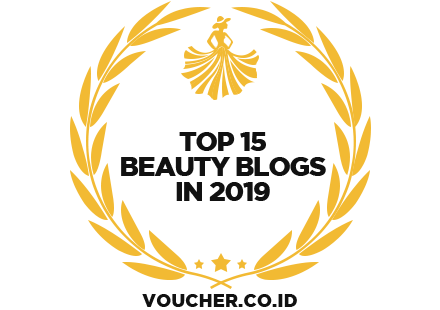
Have you ever considered getting Botox? This non-invasive procedure has won the heart of many women, as it makes facial wrinkles and lines disappear, at least temporarily. Instead of undergoing plastic or cosmetic surgery, women decide to get Botulinum toxin injected in their facial muscles so as to impede their contraction.
Nevertheless, Botox has primarily been used in medicine in the treatment of hyperhidrosis, migraine, strabismus, cervical dystonia, and other health issues. Nowadays, it’s generally used for restoring the youthful look in individuals who notice the first signs of ageing.
We hope the following information helps you understand the uses of this neurotoxic protein as well as the procedure for receiving such injections.
What is Botox?
Botox is widely known as a type of drug that causes muscle paralysis when administered in small doses. It’s used both for cosmetic and medical treatments in the form of injectable liquid. When used for cosmetic purposes, Botox is capable of reducing the lines on the neck, forehead, as well as those around the eyes and mouth.
Regarding its medical use, Botox has proven to be beneficial in the treatment of excessive perspiration, migraine, Bell’s palsy, eyelid spasms, an overactive bladder, etc. This neurotoxic protein is injected into muscles in order to block the signal that causes them to contract. The ultimate goal of these injections is to make muscles relax, which eventually helps in the reduction of wrinkles and the improvement of body functions. Read more about the use of Botulinum toxin in the treatment of health issues.
Moreover, Botulinum toxin can be found in the form of onabotulinum toxin A, abobotulinum toxin A, incobotulinum toxin A, rimabotulinum toxin B, and prabotulinum toxin A. By preventing the process of nerve signalling; these proteins trigger muscle paralysis that lasts temporarily, not permanently.
The only way for muscles to contract is by using the assistance of acetylcholine, a chemical that is released by the nerves so as to contract muscular cells. When injected, Botox impedes the release of this chemical, thus helping them relax.

Cosmetic purpose
When it comes to using Botulinum toxin in cosmetic treatments, individuals mainly use it to reduce the development of facial wrinkles. Due to aging, the skin gradually loses elasticity, thickness, and hydration. Also, the aging process has a detrimental effect on the production of collagen, referring to the protein family responsible for skin elasticity.
Apart from ageing, exposure to UV rays and smoking are believed to contribute to the loss of collagen as well. Fortunately, Botox injections can do wonders for the elimination of wrinkles, enabling patients to admire their youthful skin for a temporary period of one year. Nowadays, many cosmetic experts specialize in performing Walnut Creek Botox injections, used in the treatment of various cosmetic issues. The procedure is likely to cause slight pain in patients, which can be reduced by receiving topical anaesthesia.
In addition, these injections are generally administered to reduce the wrinkles that appear in the area between the eyebrows. These wrinkles are known under the name glabellar lines or frown lines. Also, Botox is boasted to be incredibly beneficial in the reduction of crow’s feet, referring to the wrinkles that appear around the eyes. It helps in the temporal elimination of forehead creases as well.
Procedure
Prior to scheduling an appointment, patients are advised to make a Botox plan with their physician in order for the procedure to meet their expectations. In order not to experience any discomfort during the procedure, doctors provide a few anesthesia methods to patients like topical and vibration anesthesia. Anyhow, one might experience slight pain upon injection, which most patients can endure without receiving any form of anesthesia.

Furthermore, physicians use incredibly small and thin needles to inject Botulinum toxin into one’s facial muscles. The amount has to be attentively calculated and administered in order to prevent adverse effects. Patients experience the first visible effects of the treatment at least 24 hours to a maximum of 72 hours following the procedure. It’s paramount for individuals to refrain from massaging the affected area in the first 24 hours after the treatment.
How to prepare for the procedure?
Prior to undergoing a Botox cosmetic treatment, people are advised to take multiple steps to prepare for the procedure. Make sure you’re eligible for such a treatment, as pregnant women and those allergic to Botulinum toxin are strongly advised against receiving such injections. Also, patients with swallowing and breathing difficulties should refrain from using this neurochemical for wrinkle-free skin. Make sure you check out this link, https://www.elle.com/beauty/a44800/botox-know-before-you-go/, to learn some useful information before getting Botox.
Additionally, particular medications are supposed to be avoided before prior to the procedure, such as blood thinners, non-steroidal anti-inflammatory drugs (NSAIDs), muscle relaxants, etc. These medications are likely to cause bleeding in combination with Botulinum toxin, so make sure you stop the treatment at least a week before the appointment.
Moreover, other medications that you should stay away from are those related to allergies, painkillers, sleeping aids, as well as some vitamins like vitamin E. Also, smoking and drinking alcohol aren’t recommended two days before receiving the injections, as your skin might get bruised. In order to reduce the risk of bruising, one is supposed to treat the facial area with ice a day before going to the doctor.
Another important preparation step is getting your skin cleansed prior to heading to the doctor’s office. There’s supposed to be no make-up or dirt, which is why most doctors use alcohol or antiseptic to clean the epidermis before applying Botox.
Ultimately, some people tend to be nervous when thinking about the procedure, particularly those getting such injections for the very first time. If feeling anxious, try to calm your nerves by using aromatherapy, doing some breathing exercises, or taking a mild sedative. Go to this URL to learn fifteen useful ways of calming yourself down.
Bottom line
Make sure you are physically and mentally prepared for the procedure. You’ll be stunned by the outcome!











Recent Comments